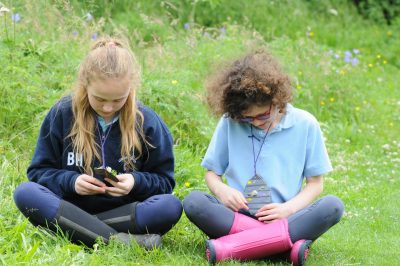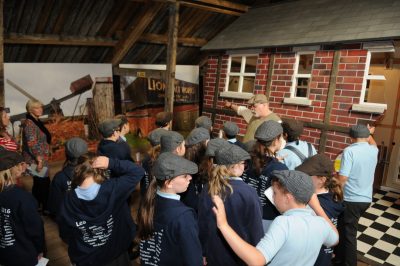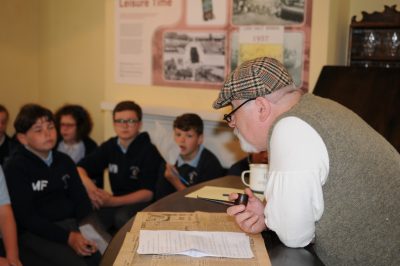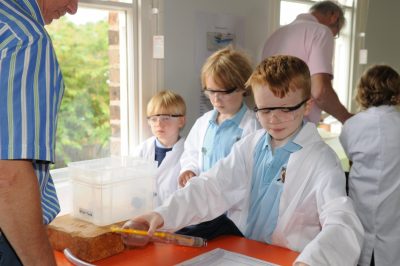Saltscape’s Education project, delivered by Cheshire Wildlife Trust and Lion Salt Works, is now in its second year. Since Easter, Key Stage 2 pupils from all over Cheshire have been learning about the history of the salt landscape ; how it has affected people and their surroundings.

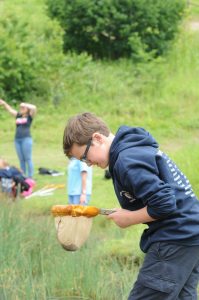 Robyn Moseley from Cheshire Wildlife Trust ran the ‘Outdoor’ aspect of the salt education sessions. Her teaching aimed to demonstrate how the landscape character, which influenced the industrial development of the Saltscape, has also created a distinctive local wildlife. Children first looked at wildlife in their own school environments and playgrounds and then compared it to the wildlife found in Anderton Nature Park.
Robyn Moseley from Cheshire Wildlife Trust ran the ‘Outdoor’ aspect of the salt education sessions. Her teaching aimed to demonstrate how the landscape character, which influenced the industrial development of the Saltscape, has also created a distinctive local wildlife. Children first looked at wildlife in their own school environments and playgrounds and then compared it to the wildlife found in Anderton Nature Park.
The lime deposits left behind by the chemical industry form the basis of lime beds at Anderton which are now rich with wildlife. Through discussing these conditions the children were introduced to the concept of how the acidity or alkalinity of soils can affect plant life. Many of the nectar-rich flowers at Anderton such as the fragrant orchid, black knapweed (which flowers later in the year) and creeping willow are typical of a lime-rich soil and are found in only a few places in Cheshire, making it such a special habitat. Stiff Salt Grass and Sea Spurrey thrive here too due to the salty conditions and are usually only found in a coastal environment. On the day, children used spotter sheets to find plants such as Wild Strawberry and Birdsfoot Trefoil which is important habitat for rare moths and butterflies such as the Dingy Skipper.
Then pupils visited the award-winning Lion Salt Works to see the impact of the industry on local people. Pupils were given a tour by a costumed guide who explained the impact of subsidence on local housing conditions, the breach of the canal near the site in 1958, conditions for workers and the impact of the industry on the development of the area from medieval settlement to thriving salt town.
The partnership will continue to deliver sessions to schools next year.
Photos: Andrew Charles

